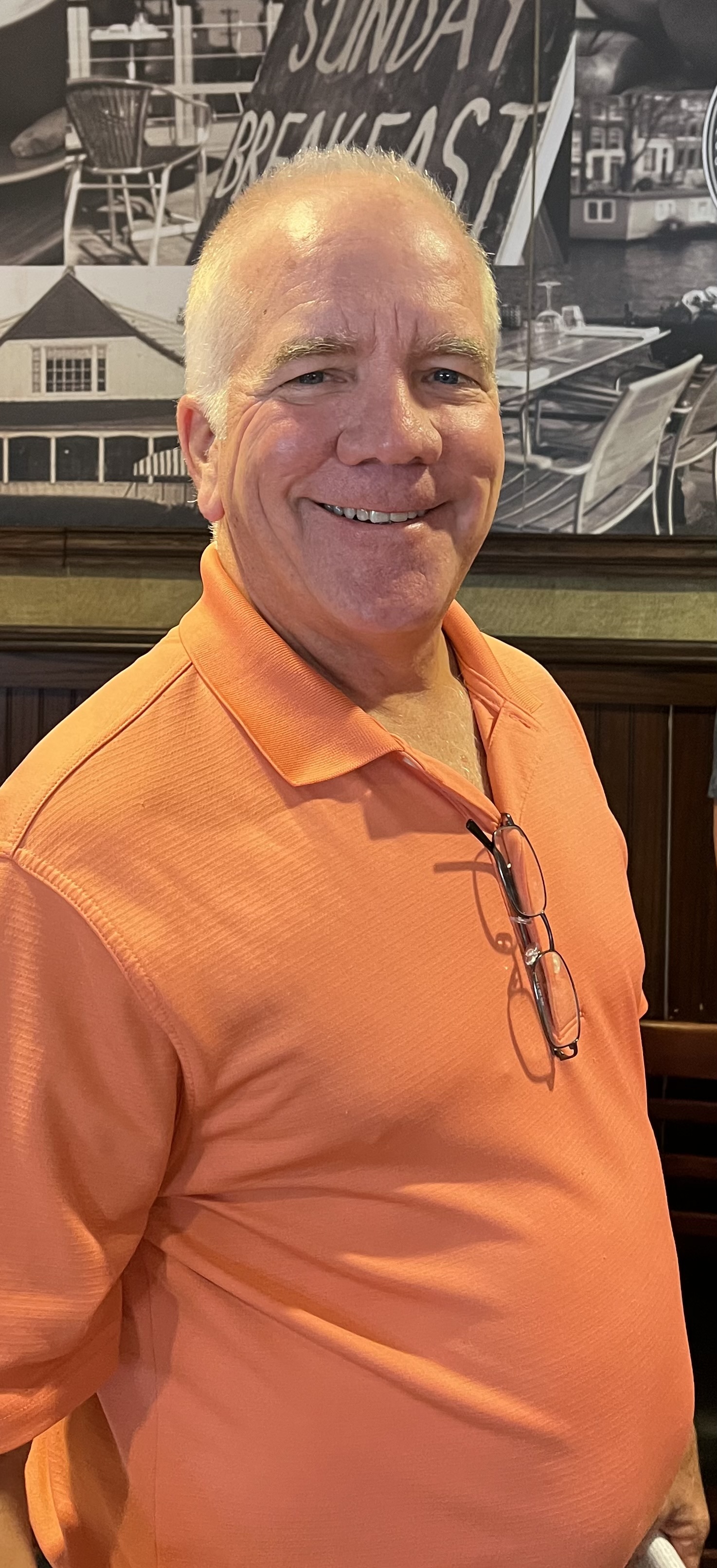A BRIEF HISTORY
OLDEST SETTLEMENTS, FAMOUS PEOPLE, CHRISTMAS CAPITAL OF TEXAS - THESE ARE OUR TOWNS

LOCAL TIP:
An absolute favorite of mine is visiting Downtown Grapevine during the Christmas Holidays. It is after all, the Christmas Capital of Texas. There is so much to see and do. Steve J.
COLLEYVILLE
Interesting fact about Colleyville:
Colleyville was first named Bransford until it adopted its current name in honor of Dr. Lilburn Howard Colley, a respected local physician and Civil War veteran.
Colleyville’s evolution began with its inception in the 19th century as a small farming community. The town is a testament to the power of neighborhoods, as it was formed in 1956 after several small neighbor areas banded together. These communities initially formed in the late nineteenth century as an area of rural homes but modern Colleyville has a rich history of growth and transformation. Colleyville was incorporated on January 10, 1956, and by 1958 it had a recorded population of 100. Colleyville's population grew gradually throughout the 20th century, especially after World War II. The town in the early 1980s became divided over the issue of development, with one group wanting to limit new construction to expensive, single-family homes on large lots and the other group wanting smaller lots and multifamily housing, but the neighborhoods overcame their differences and continued to grow. By the year 2000 Colleyville grew to 19,636.
The city's proximity to Fort Worth and DFW International Airport, and the supply route that ran between Grapevine and Fort Worth, contributed to its growth, but being just far enough away from the big cities really added to its appeal. Colleyville strikes a unique balance, offering its residents the charm of small-town life alongside the conveniences of a major urban area.
Renowned for its scenic beauty, top-rated public schools, and a community that values a rural yet refined lifestyle, Colleyville has grown from its humble beginnings to become one of Texas’s most desirable places to live.
GRAPEVINE
Interesting facts about Grapevine:
- Grapevine is the oldest settlement in Tarrant County, established in 1844, before Texas joined the Union in 1846.
In 1843, renowned Texas hero General Sam Houston along with the fellow Republic of Texas Commissioners had camped at the creek called Tah-Wah-Karro, also called Grape Vine Springs for a meeting with the leaders of 10 Indian nations. The meeting culminated in the signing of a treaty of “peace, commerce, and friendship” that opened up the area for homesteaders. Farming settlements began appearing and prospered. Around 1854 Judge James Tracy Morehead, Archibald Franklin Leonard, and Henry L. Suggs, among others, met for the purpose of laying out a town and establishing a post office. Morehead proposed the name “Grape Vine,” due to the settlement’s location on the Grape Vine Prairie and the wild mustang grapes that grew across the rich black soil. Grape Vine (as two words) was incorporated as a Texas town on February 12, 1907 and the United States Post Office condensed the name to just one word, Grapevine, in 1914.
The land and its rich soil has always supported farmers, from early farming settlers to the Post-Civil War era cotton production and on to produce farming and dairy industry well into the 20th century, even to the modern grape wineries that call Grapevine home. Grapevine’s rich culture and agrarian heritage are preserved today with several museums and historic attractions, from early 19th century log structures to the roaring locomotives of the railroad.
Step back in time on Historic Main Street with a collection of charming boutiques, art galleries and bistros and cafes.
ROANOKE
The history of Roanoke, Texas, began in 1847 when a small group of 20 settlers and their families settled near Denton Creek, north of the present location of Roanoke. Roanoke was a cattle center in its early days. They had robust cattlemen, a saloon, a horse trough and a water tank which was located in the center of Oak Street. Roanoke was incorporated by 1940, when it had a population of 485 and thirty-two businesses, including two manufacturing firms. Several years later a new newspaper, the Community Standard, was published in the town. The population of Roanoke rose slowly, reaching 585 by the early 1960s, where it remained until the 1980s. In 1980 Roanoke had two manufacturers producing and processing chemicals, but by 1990 it had eight manufacturers producing concrete, cabinets, fiberglass boats, and aircraft supplies. In the 1980s Roanoke had a community center, a library, a bank, three shopping centers, and eight churches. It was part of the Northwestern Independent School District and had one elementary school within the city limits. The downtown area was being renovated, and new commercial development was taking place. In 2000 the population reached 2,810.
Sam Bass crossed the history of Roanoke. He was a notorious desperado who made his headquarters in Denton County. What is known as one of the Sam Bass Caves is located northeast of Roanoke on the banks of what is now Grapevine Lake. Many towns were hard hit during the days of the depression, Roanoke came through practically unscratched. Not a single business house went broke.
Come visit us at the Roanoke Visitor Center and Museum and see our beautifully restored rock building from 1886, the centerpiece of downtown Roanoke since the turn of the 20th century. The building was re-opened to the public in 2008 after a rigorous restoration.
SOUTHLAKE
Pioneers settled the Southlake area in the 1840s, but it wasn't incorporated until 1956. That was four years after finishing the Grapevine Lake. The area was rural until the DFW International Airport was completed in the 1970s. It became a boomburb throughout the 1980s, 1990s and 2000s. Construction on the first phase of Southlake Town Square in Southlake, Texas began in the late 1990s and opened to the public in March 1999. Southlake has a vibrant community spirit, and residents are known as "Dragons".